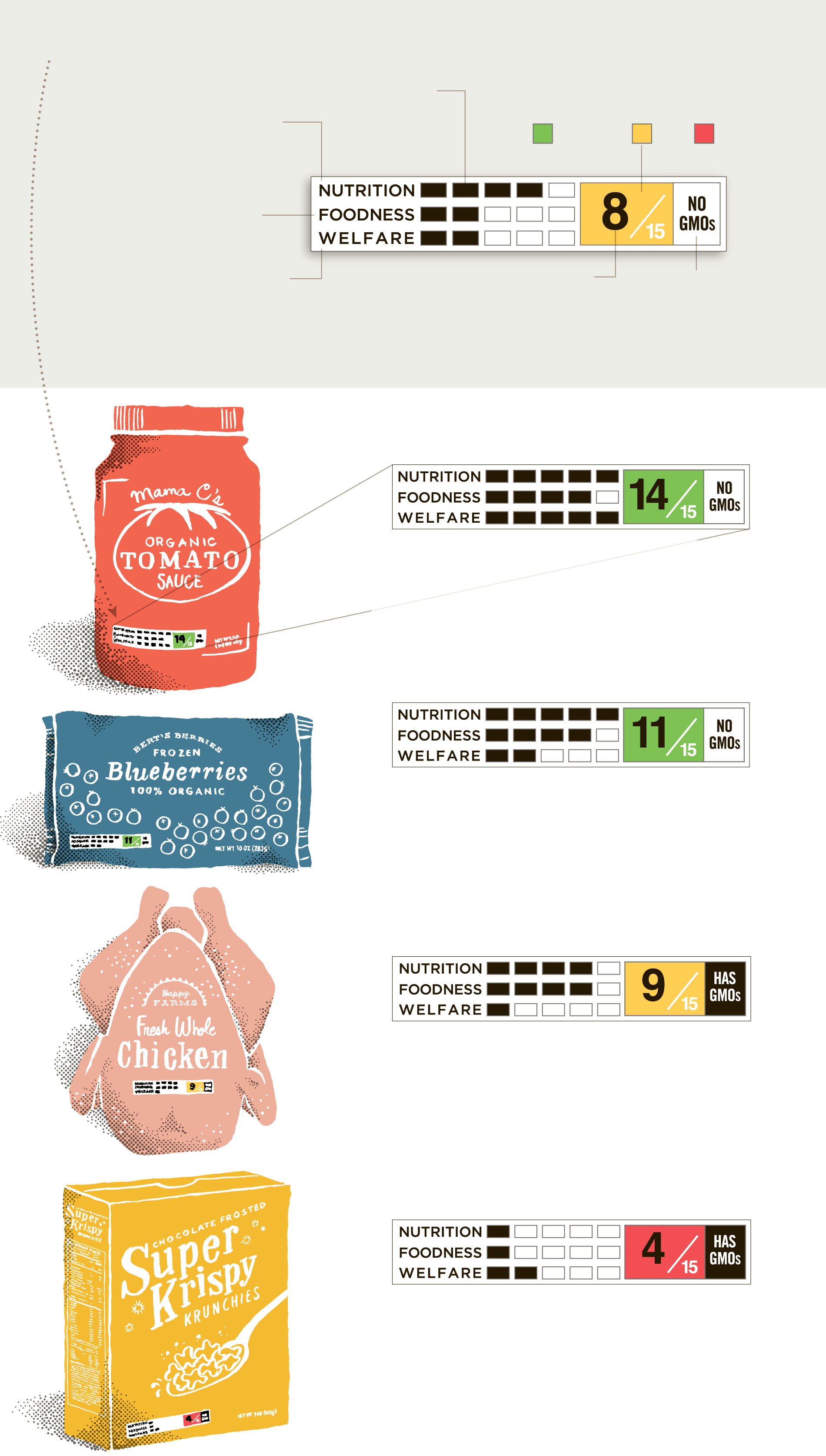If we were going to design an ideal food label from the perspective of the consumer, it would not very much resemble the current food labels on our products. At this time, food labels give us a great deal of information on the ingredients in the food, the amount of protein, vitamins, minerals and fat, sodium and so forth. However, the label does not give us any information on whether the food inside is actually beneficial for our bodies. If food companies were required to put a label on their food products that was more colorful and descriptive as to the food’s real value, consumers would have a better idea of what is going in their bodies.
Even a simple color code, such as a traffic light image with a red, yellow or green light, could help to encourage consumers to eat healthier. This could do something to counter the serious public health obesity problem in the US. Much of our obesity epidemic is related to people consuming way too much unhealthy, junky packaged foods, such as chips, cookies, crackers, pretzels and candy.
Changing food labels in this way would of course cause serious concerns for the food industry. Their argument traditionally is that all foods are okay, but that the consumer must decide to eat some foods moderately. There is strong data to suggest that if a food product has what amounts to a warning label (such as a red light symbol), the sales of that product would drop off dramatically. For example, one study showed that soda that had a red light image on it caused sales to drop 16% in three months. Any serious proposals to modify food labels in this way is going to be lobbied against furiously by the food industry.
[What do most American consumers ignore about food? The ingredients. If they really knew what they were eating would they still eat it?]
Another issue about mandating a new, descriptive food label is that you are essentially controlling human behavior from the government level. Many people are concerned about the government having that level of control over what we consume. They believe that people need to be able to consume what they wish, and that it is up to a responsible, adult consumer to place limits on him or herself so they do not become obese.
Of course, it is not likely that any serious changes to mandatory food labels is going to happen soon. Much of the space on a food package is reserved for marketing, which tells the consumer not the truth but what the food company wants to tell the person.
While a traffic light label isn’t going to happen right now in America, it came close to becoming reality in Great Britain. Also, the Institute of Medicine is proposing a similar idea here. The big question is how to improve the current food label so that it serves consumers and also all people who contribute to the food cycle? The current food label mandated by law does serve substantial public health issues; the arcane detail of food ingredients does help people with allergies avoid certain ingredients, for example.
If the US could move towards a traffic light labeling system, we probably could help to cut the public health issue of obesity substantially, and could extend the lives of many people.
Photo Courtesy of:













